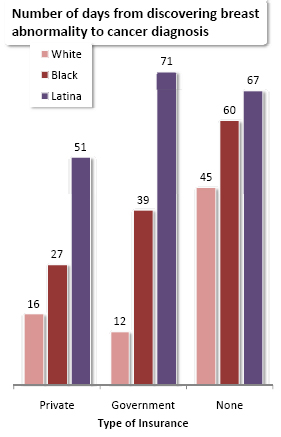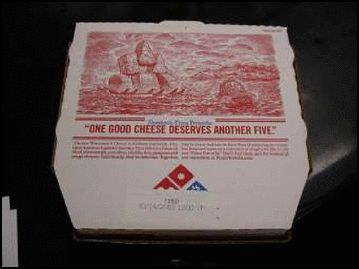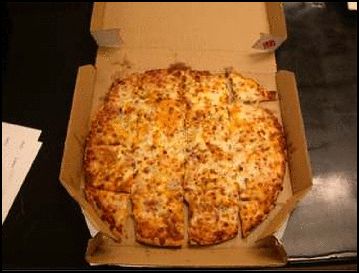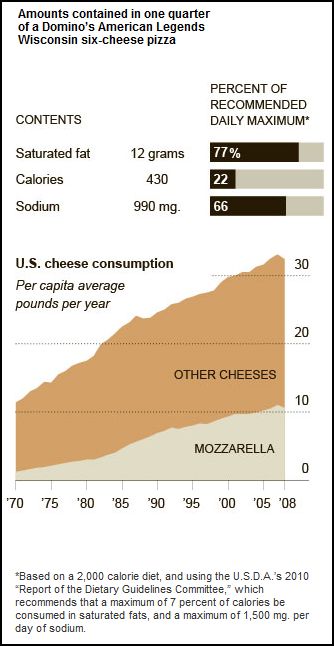
For years biologists, anthropologists, and sociologists have all agreed that racial categories are social constructs. Recently, however, new genetic information about human evolution has required that scientists re-think the biological reality of race. In this 6-minute video, sociologist Alondra Nelson describes this re-thinking:
Lisa Wade, PhD is an Associate Professor at Tulane University. She is the author of American Hookup, a book about college sexual culture; a textbook about gender; and a forthcoming introductory text: Terrible Magnificent Sociology. You can follow her on Twitter and Instagram.

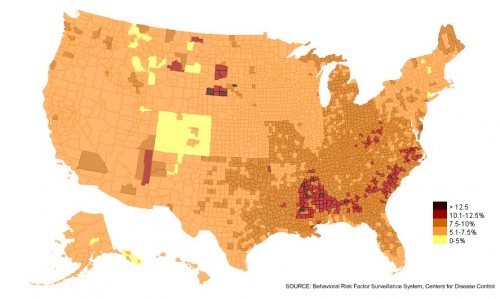
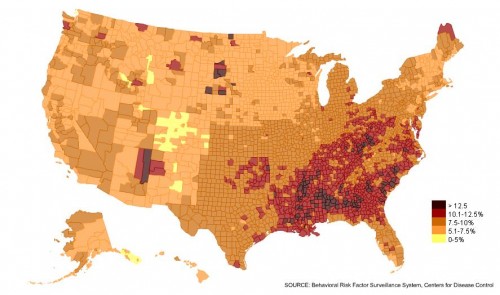
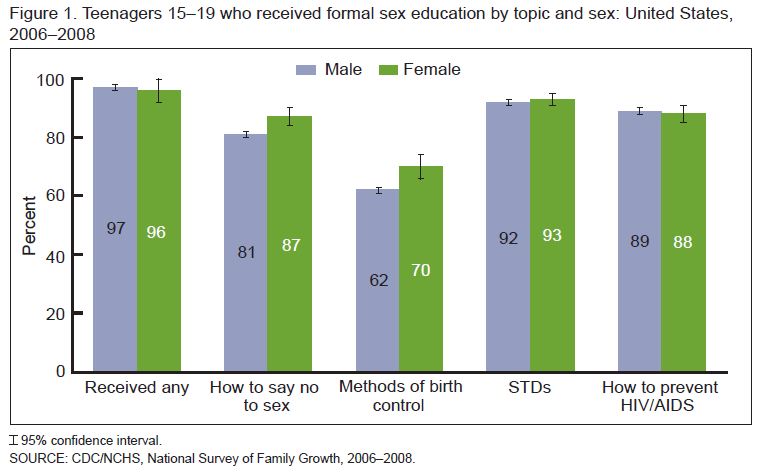



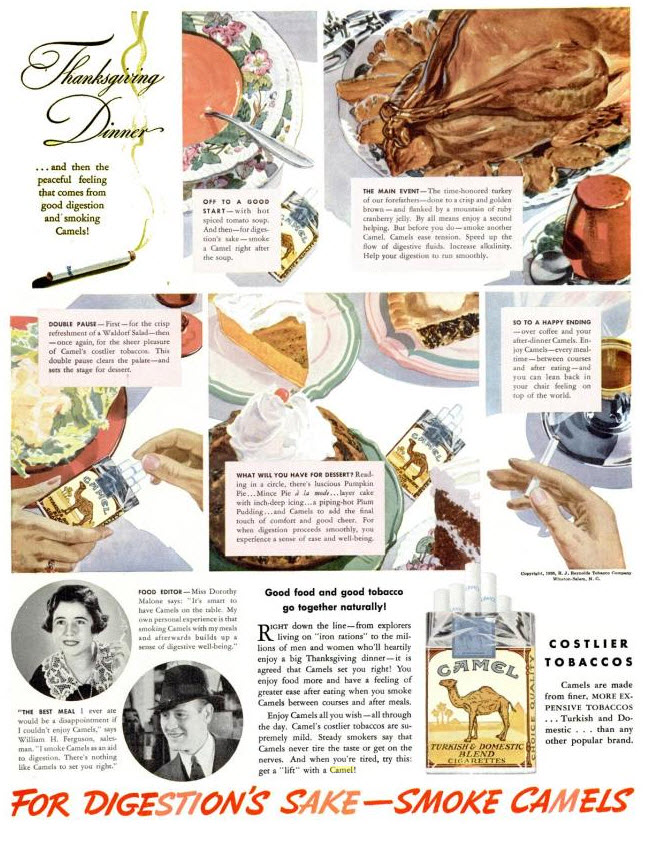 I am hard pressed to imagine that such an ad would fly today. That these ads would not only be un-palatable, but impermissible, is evidence that the power of corporations is not absolute.
I am hard pressed to imagine that such an ad would fly today. That these ads would not only be un-palatable, but impermissible, is evidence that the power of corporations is not absolute.